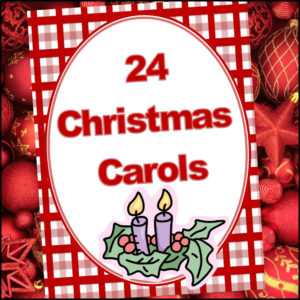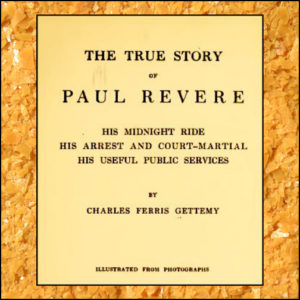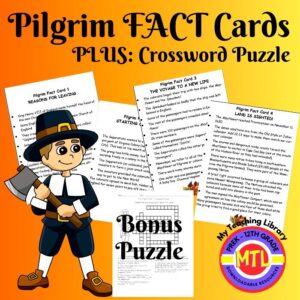Description
Muscles include:
- Hamstring
- Triceps
- External Oblique
- Gluteus Maximus
- Gastrocnemius
- Biceps
- Deltoid
- Trapezius
- Latissimus Dorsi
$1.25
Muscles of the Back, Back of the Arms and Legs will be exactly what you need if you are looking for a easy to read posters as well as a labeling worksheet for students.
This resource includes a poster and two worksheets, one with and one without terms. (You choose if you want your students to completely remember the names or if they need the terms to help them. )
Muscles include:
Only logged in customers who have purchased this product may leave a review.

A great introductory lesson on Cell Theory for your Science students. The text will teach students about the contributions of scientists Robert Hooke, Matthias Schleiden, Theodor Schwann and Rudolf Virchow. It lists the 3 basics of Cell Theory as well as the 3 ‘modern’ ideas that have been added to Cell Theory.
This resource includes:

Words to 24 traditional Christmas Carols (and a little history about them as well).
Includes:

This is a downloadable copy of the book. (358 pages)
About the book: Published in 1905, Gettemy writes of Paul Revere’s midnight ride, his arrest, court-martial plus his ‘useful public services’. Paul Revere ( December 21, 1734 – May 10, 1818) was an American silversmith, engraver, early industrialist, and a patriot in the American Revolution. He is most famous for alerting the Colonial militia to the approach of British forces before the battles of Lexington and Concord, as dramatized in Henry Wadsworth Longfellow’s poem, “Paul Revere’s Ride”. Revere was a prosperous and prominent Boston silversmith, who helped organize an intelligence and alarm system to keep watch on the British military. Revere later served as a Massachusetts militia officer, though his service culminated after the Penobscot Expedition, one of the most disastrous campaigns of the American Revolutionary War, for which he was absolved of blame. Following the war, Revere returned to his silversmith trade and used the profits from his expanding business to finance his work in iron casting, bronze bell and cannon casting, and the forging of copper bolts and spikes. Finally in 1800 he became the first American to successfully roll copper into sheets for use as sheathing on naval vessels.

This resource gives you four Pilgrim Fact Cards:
– Reasons for Leaving
– Starting Over, Again
– The Voyage to a New Life
– Land is Sighted!
Students will learn the answers to questions such as…Why did the Pilgrims leave England? Where did they move before crossing the Atlantic? What did they bring with them when coming to the New World? What is the name of the ship (not the Mayflower) that also brought pilgrims to Virginia? Why did the Wampanoag attach the colonists?
Included Bonus: A fun crossword puzzle!


Reviews
There are no reviews yet.